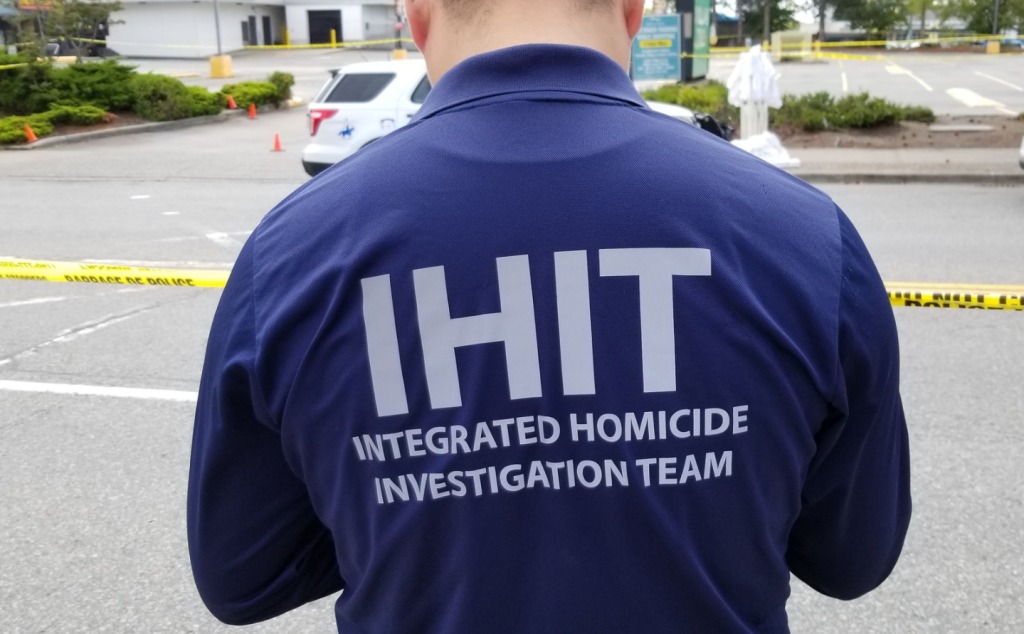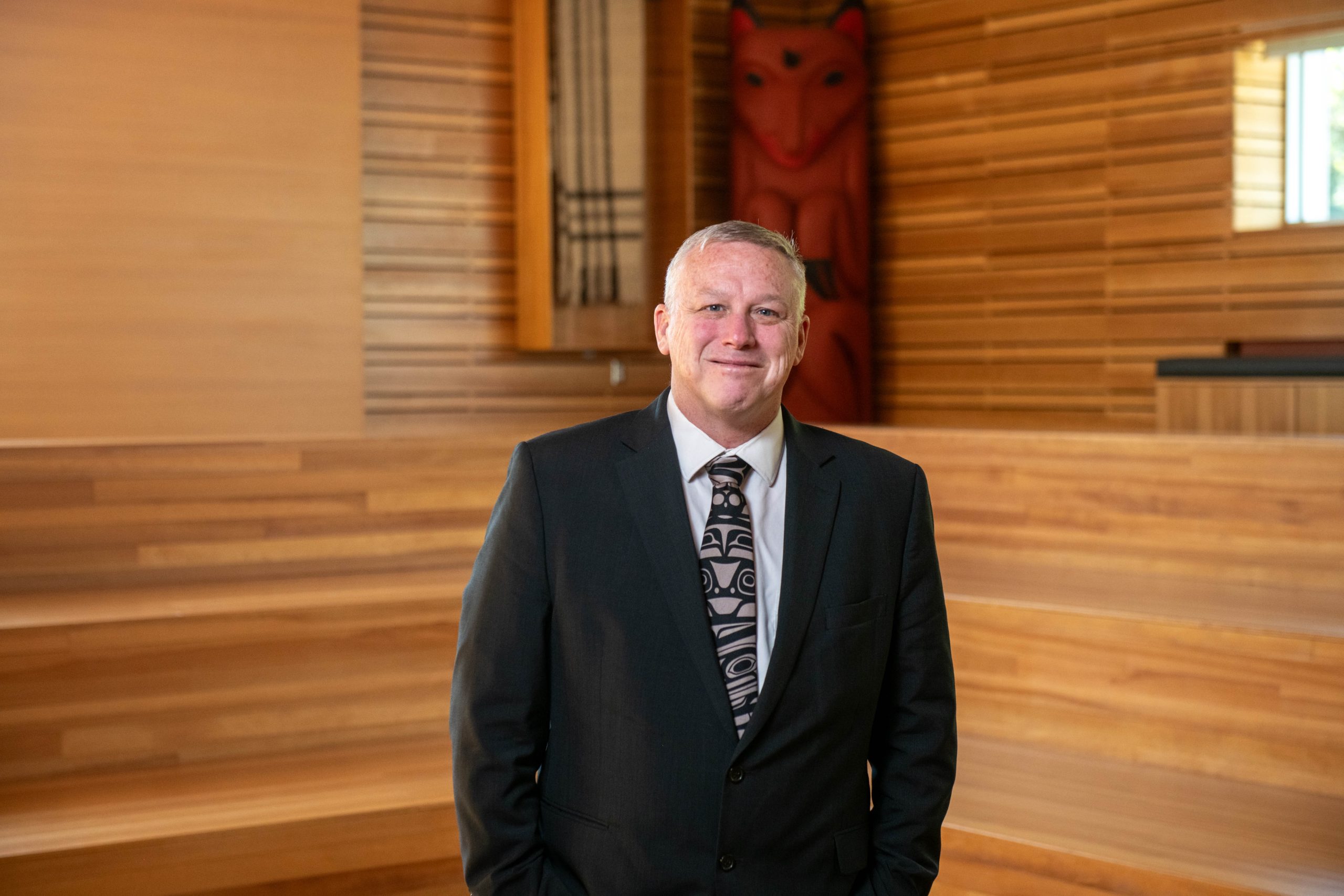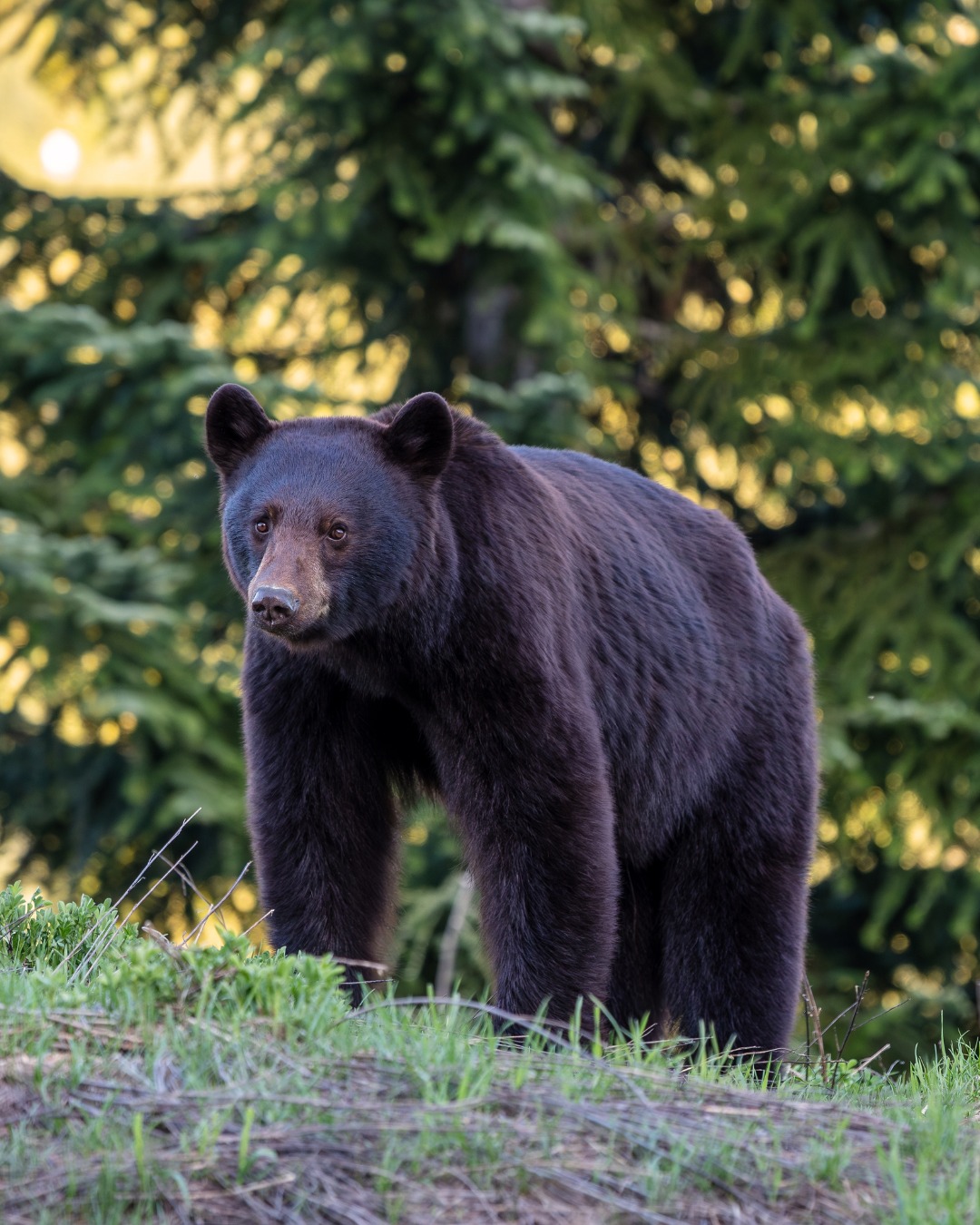You might be surprised to learn that this was a topic of conversation among my colleagues when we sat down for a coffee break during a shift. Most often one of us would have been travelling during their vacation and the remark would be something along the lines of “I drove all the way to X and back and didn’t see anyone stopping violators!” Maybe there is something to the remark “Where’s a cop when you need one?”
In rural British Columbia, the traffic enforcement units that I served on are required to cover long stretches of highway. Fort St. John was responsible for the Alaska Highway (97) from mile 33 to mile 147, Highway 29 from Highway 97 to Hudson’s Hope and all of the rural roads to the Alberta border. South Okanagan policed Highway 97 from the US border to Peachland, Highway 3 from the west end of Manning Park to Rock Creek, Highway 5A from Princeton to the Okanagan Connector and Highway 3A from Keremeos to Kaleden. Central Vancouver Island managed Highway 19 from Nanaimo to north of Bowser, Highway 19A from Parksville to Fanny Bay, all of Highway 4A and Highway 4 from the east to the west coast.
In all cases, it was difficult, if not unworkable to patrol from one boundary of the district to the other in a single shift.
The manpower complement in Fort St. John was a corporal and 5 constables. South Okanagan was staffed with a sergeant, a corporal and 10 constables. Central Vancouver Island manpower included a sergeant, two corporals and 9 constables. The majority of the on road work was done by the constables and administration by the sergeants and corporals.
That seems like a lot of resources until you consider that there were other demands for time that could include collision investigation, court, training courses, impaired driving investigations (before the IRP program this could easily consume half a shift) and the dread of us all: paperwork. Days off, annual vacation, sick leave and the need to cover both day and afternoon shifts spread us more thinly than we would have liked.
I can’t say that we were hidden from the casual glance of the travelling public either. Unmarked cars were rare in the fleet. They were almost always plain full sized sedans with black steel wheels and antennae sticking out of the roof. If you couldn’t spot one, it’s likely because you weren’t paying too much attention.
Information from the province regarding traffic policing resources and goals can be difficult to find. The BC Policing and Community Safety Plan devotes a few words to traffic and road safety while the report on Police Resources in British Columbia, 2014 does not indicate how police manpower is dedicated beyond how many officers are authorized for each location.
It’s not surprising that you don’t see flashing lights that identify traffic law enforcement in progress when you travel on BC’s highways. The task is a huge one and the number of police officers dedicated specifically to the job results in many kilometres of highway to patrol for each one. Focused enforcement targeting high collision locations and behaviours is necessary for efficiency and limits random patrols.
To comment or learn more, please visit DriveSmartBC.ca.
Constable Tim Schewe (Retired)
DriveSmartBC: Where better than average drivers satisfy their curiosity.






